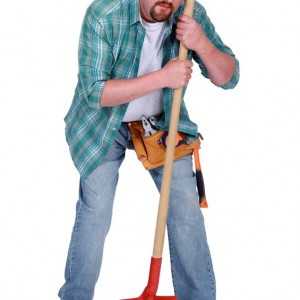Humans may not have the power to travel through time, but we certainly know how to manipulate time in order to make the most efficient use of it. When Daylight Saving Time (DST) was first introduced in 1908 in Ontario, Canada, it added one hour to our standard time to make better use of daylight hours. […]











Recent Comments